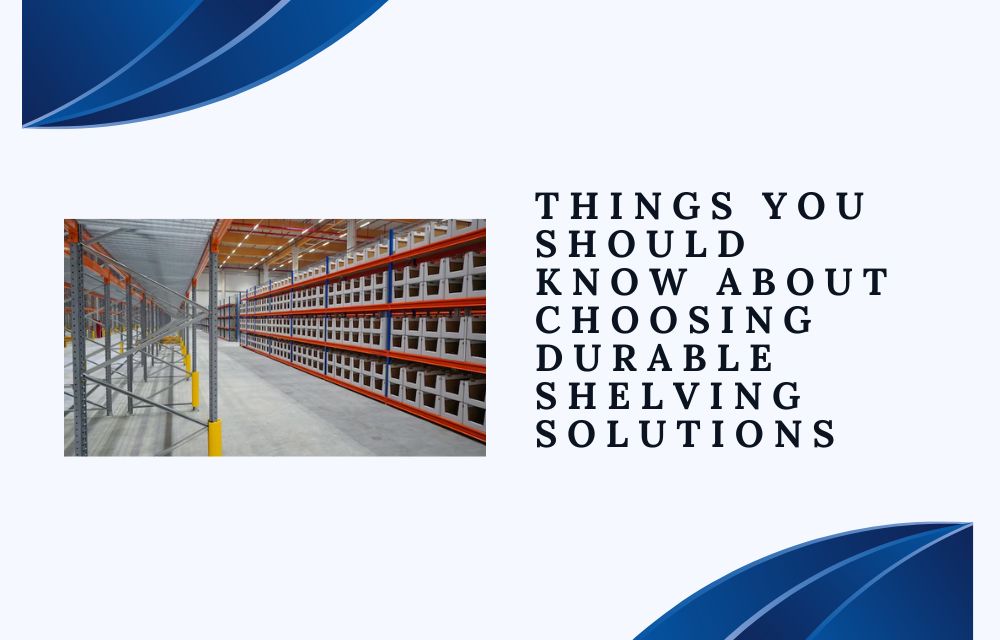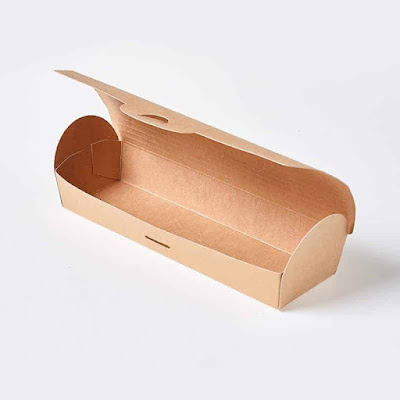When it comes to organizing your home, office, or workspace, durable shelving can make all the difference. Investing in strong and lasting shelving not only ensures a tidy environment but also provides peace of mind that your items are stored safely. Here’s everything you need to know about choosing durable shelving solutions, from materials and load-bearing capacity to installation and maintenance tips.
Why Choosing the Right Shelving Matters
Selecting the right shelving solution can impact the safety, aesthetics, and functionality of your space. The right shelves keep your belongings organized and help you use your space efficiently, making it easier to find what you need. Durable shelving also means less need for replacements or repairs, which saves you money and hassle in the long run.
Understanding the Basics of Durable Shelving
What Is Durable Shelving?
Durable shelving refers to shelving units made with strong, high-quality materials designed to handle heavy loads and frequent use. Unlike cheap, lightweight shelves, durable shelving solutions are built to last and can withstand wear and tear, making them ideal for busy households, businesses, and storage areas.
Benefits of Durable Shelving
Investing in durable shelving has several key advantages:
- Safety: Strong shelves reduce the risk of breakage and accidents.
- Cost-effectiveness: Durable shelves last longer, saving you money over time.
- Aesthetic appeal: High-quality shelves often look better and add style to your space.
- Ease of organization: Well-designed shelving keeps your items accessible and neat.
Key Factors to Consider When Choosing Shelving Solutions
1. Determine Your Storage Needs
What Will You Be Storing?
Start by identifying the types of items you need to store. Are you storing heavy books, delicate items, or large boxes? Knowing this will help you choose shelves with the appropriate strength and stability.
How Much Space Do You Have?
Measure the space where the shelving will be installed. Consider both width and height, and think about any obstacles like doors or windows that could impact the shelving layout.
2. Choose the Right Material
The material of your shelving plays a crucial role in its durability and suitability for different types of storage.
Popular Materials for Shelving
- Wood Shelving: Wooden shelves, especially hardwood like oak or maple, are known for their strength and classic appearance. They’re suitable for homes and offices and can support moderate to heavy loads.
- Metal Shelving: Metal shelves, often made from steel or aluminum, are highly durable and ideal for garages, workshops, and warehouses. They can hold heavy items without bending.
- Plastic Shelving: Lightweight and affordable, plastic shelving works well for light-duty storage. However, it may not be suitable for heavy items or high-traffic areas.
- Glass Shelving: Glass shelves are stylish and perfect for displaying decorative items. However, they are not ideal for heavy storage and can be prone to breaking if not properly supported.
3. Assess the Load-Bearing Capacity
Why Is Load-Bearing Capacity Important?
Each shelving unit has a load-bearing capacity, which is the maximum weight it can safely hold. Overloading shelves can lead to sagging or even breakage, so it’s essential to check the weight limits.
How to Calculate the Load-Bearing Capacity
To determine the right capacity, make a list of the heaviest items you’ll store and add up their weights. Choose shelving that can handle at least that much weight, and if you’re unsure, opt for a higher capacity to be safe.
4. Consider Adjustable Shelving
What Is Adjustable Shelving?
Adjustable shelving allows you to move shelves up or down to accommodate items of different sizes. This flexibility makes it easy to reorganize your storage without needing to replace or add shelves.
Benefits of Adjustable Shelving
- Versatility: Adjust the height of shelves as needed for different items.
- Maximizes space: Make full use of vertical space and store items of various heights.
- Easy to reconfigure: Change your storage setup as your needs evolve.
5. Think About the Installation Process
Do You Need Professional Installation?
Some shelving units are complex and may require professional installation, especially if they are wall-mounted or require specific tools. If you’re not comfortable with DIY projects, hiring a professional can ensure your shelves are installed safely and securely.
Installation Tips for DIY Shelving
- Use a level: Ensure shelves are straight to avoid items sliding off.
- Secure into studs: For wall-mounted shelves, securing them into wall studs provides extra support.
- Follow instructions carefully: Each shelving system is unique, so it’s essential to follow the manufacturer’s guidelines.
Maintaining Durable Shelving
To keep your shelving in top condition, regular maintenance is necessary. This includes:
1. Clean Regularly
Dust and debris can accumulate on shelves, especially in garages or kitchens. Wipe down your shelves with a mild cleaner regularly to keep them looking their best.
2. Check for Damage
Inspect shelves occasionally for any signs of wear or damage, such as sagging or loose screws. Catching issues early can prevent bigger problems down the line.
3. Avoid Overloading
Even with durable shelving, overloading can cause problems. Stick to the load-bearing limits and avoid placing extremely heavy items on the top shelves, as this could make the unit top-heavy and unstable.
Popular Types of Shelving Solutions for Different Needs

1. Wall-Mounted Shelving
Ideal for saving floor space, wall-mounted shelves are great for small rooms and can be installed at any height. They’re perfect for displaying decorative items, holding books, or storing light to moderate-weight items.
2. Freestanding Shelving
Freestanding shelves are versatile and easy to move around. They work well in garages, living rooms, and kitchens and don’t require wall mounting, making them a good option for renters.
3. Floating Shelves
Floating shelves provide a clean, modern look with hidden brackets that make the shelves appear to “float.” They’re ideal for displaying photos or small decor items and work well in minimalist interiors.
4. Industrial Shelving
Industrial shelving, often made from metal, is perfect for heavy-duty storage. It’s commonly used in garages, workshops, and warehouses and can support large, heavy items without bending or sagging.
Common Mistakes to Avoid When Choosing Shelving
Choosing the wrong shelving can lead to issues like poor stability, unsightly clutter, and even safety risks. Avoid these common mistakes:
1. Ignoring Weight Limits
Always check the weight limits of the shelving unit and avoid overloading it. Overloaded shelves can break, posing a danger to anyone nearby.
2. Choosing the Wrong Material
Each material has its advantages and disadvantages. Think about your storage needs before choosing a material, and avoid selecting shelving that isn’t designed to hold the items you plan to store.
3. Skipping Regular Maintenance
Even the most durable shelves need occasional care. Failing to maintain them can lead to wear, rust (in the case of metal shelves), or deterioration, shortening their lifespan.
Final Thoughts: Invest in Shelving That Lasts
Choosing the right durable shelving solution is an investment in both organization and safety. From selecting the right materials and load-bearing capacities to understanding maintenance, each decision you make affects the longevity and usability of your shelves. With careful planning and the right choices, you can enjoy reliable, long-lasting shelving that keeps your space organized and functional.
This blog provides a comprehensive look at choosing durable shelving solutions in simple, easy-to-understand language. The clear structure and headings make it easy for readers to follow, and practical tips ensure the content is both informative and actionable.
Note :- To read more articles visit on tourismvlogs.




